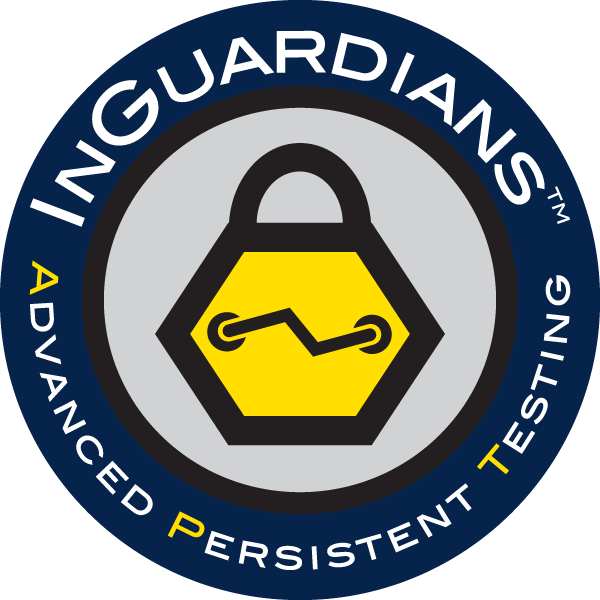
Over the past eleven and a half years, I have been blessed (or some say cursed) with the opportunity to work in the Information Security industry. When I first stepped in, I had no idea the different levels of client-facing and internal communication struggles I would face around each corner. Below I have put together a list I have found to be very important when working with my internal team.
- Communicate, Communicate, Communicate
- Not Everyone Communicates the Same Way
- Set Expectations
- Daily Check-ins, YES! Micromanaging, NO!
- Be Flexible, but Firm
- Speak With, Not At
- Advocate for the Team
- Knowledge is Power
- Just Say Hello
- Show Appreciation
- Efficient Does Not Mean Better
- Stay Calm
Below I will explain each of these a little further.
Communicate, Communicate, Communicate:
Without communication, the Project Manager (PM) and the team are set up to fail from the start. What is the point of a PM if they have no idea what is going on? What is the point of a PM if they do not communicate the client needs to the team? How can the PM assess the current situation or take part in active problem-solving without communication? Do not assume that people speak up when they are stuck or in need; always reach out and check-in with team members.
Not Everyone Communicates the Same Way:
When a PM is communicating with the team, it is important to note which communication styles work well vs. do not work with individuals and the group. For example, some people respond well to phone calls because they need to be able to ask questions in the moment, while others tend to ramble or have trouble focusing on what they’re hearing.This type of team member that might not respond well to phone calls, could benefit from a bullet list of items via email or messenger. Learn how your team communicates best, and you will all succeed. Communication is not one-size fits all.
Set Expectations:
People may not directly request it, but they like having expectations and goals. They like to measure against what is expected and gauge to see how it is going. Expectations helps provide the PM and team with status on where a project is at.
Daily Check-Ins, YES! Micromanaging, NO:
 People do not like to feel like they are trapped or not living up to their expectations. As the PM, approach the check-in as a pow-wow/collaboration. View this as a team huddle that allows the team to build a blueprint of the day and should provide an understanding of each member’s role. The PM’s goal during these check-ins is to make sure everyone understands or to address any issues that may have come up. These check-ins can be done by voice or online. I myself prefer voice at some point during the day with online check-ins too.
People do not like to feel like they are trapped or not living up to their expectations. As the PM, approach the check-in as a pow-wow/collaboration. View this as a team huddle that allows the team to build a blueprint of the day and should provide an understanding of each member’s role. The PM’s goal during these check-ins is to make sure everyone understands or to address any issues that may have come up. These check-ins can be done by voice or online. I myself prefer voice at some point during the day with online check-ins too.
Be Flexible, but Firm:
When it comes to expectations and milestones, it is up to the PM to know the hard stops and communicate that with the team. Set goals and milestones for the day, but know you are working with artists so their course may change direction. Remember to go for the overarching goal for the day, not the strict checklist.
Speak With, Not At:
No one likes to be spoken at. Remember to speak with the team and to include them on accomplishing the goals. An example of speaking at would be: “Stop what you are doing and switch to B.” Speaking with and including the team would be: “ I see you are working on something else, but can you talk to me about switching to work on B instead?” The difference will make the team feel like they are a part of the decision and not being forced into it.
Knowledge is Power:
The more the PM understands what the team is doing, the more you as a PM will see things ahead of time. Sit with the team and ask them questions about why things happened and how, if possible, they could have been avoided? Go on site with the team and experience what that feels like. Continue to learn and grow as the industry does. Do not be afraid to ask the same question five different ways until you grasp what they are doing.
Advocate for the Team:
This is a fine line to walk. If you notice things are not going as planned and the team is running over on assessments, speak up to the sales. Speaking up to sales will make sure future projects include the time needed. Always show the team that you have their best interest in mind. This will build trust and demonstrate that they are important and not just a number.
Just Say Hello:
Call or message them just to say hello. Often times when a PM reaches out, they are always looking for something strictly work related. Start reaching out once a week just to say hello and build a relationship that is not based on a project. Get to know the person beyond the projects you work on together.
Show Appreciation:
Tell the team how much you appreciate their hard work. Do not assume that people know this. Make sure you say it out loud so they can hear you and they know that you are aware of all that they did and continue to do. Appreciation goes a long way in improving team morale.
Efficient Does Not Mean Better:

Being able to schedule the calendar perfectly with no gaps does not mean you are winning and providing your company with the best value . What it does mean is you are giving the team no time to breath. Space equates to opportunity for the team to have enough time to succeed. Space means allowing that one project to run over or that next one to start late. Space means caring enough about the team that you value their down time too.
Stay Calm:
As PM, you are the person who is going to steady this project to get finished. No matter what happens, always stay calm. When someone comes to you on full meltdown, do not join them in the panic, but listen to them as they freak out. Take notes during this time and let them vent it all out. Do not jump on the express train to melt down town. Listen, observe, ask questions. Together you can work through it and if not, you have others that can and will help.
